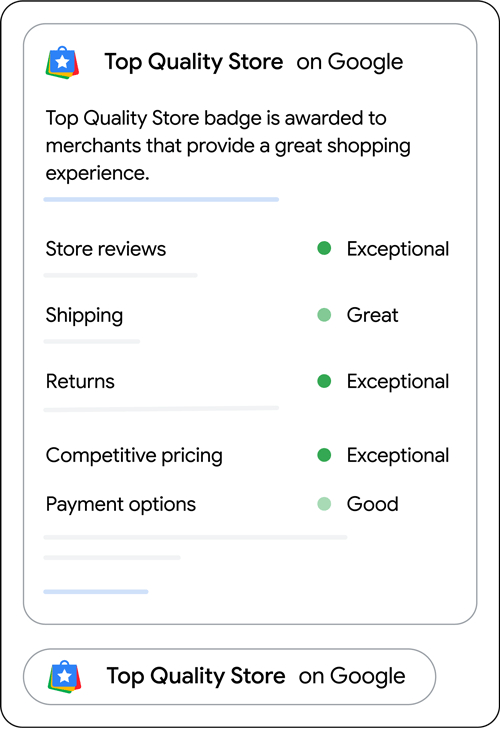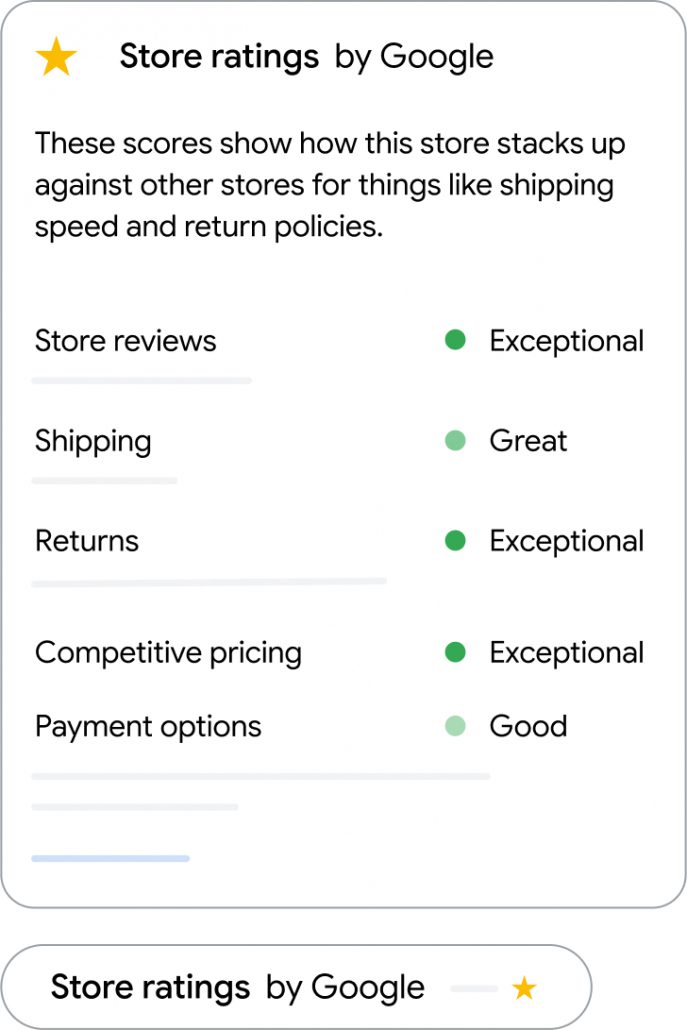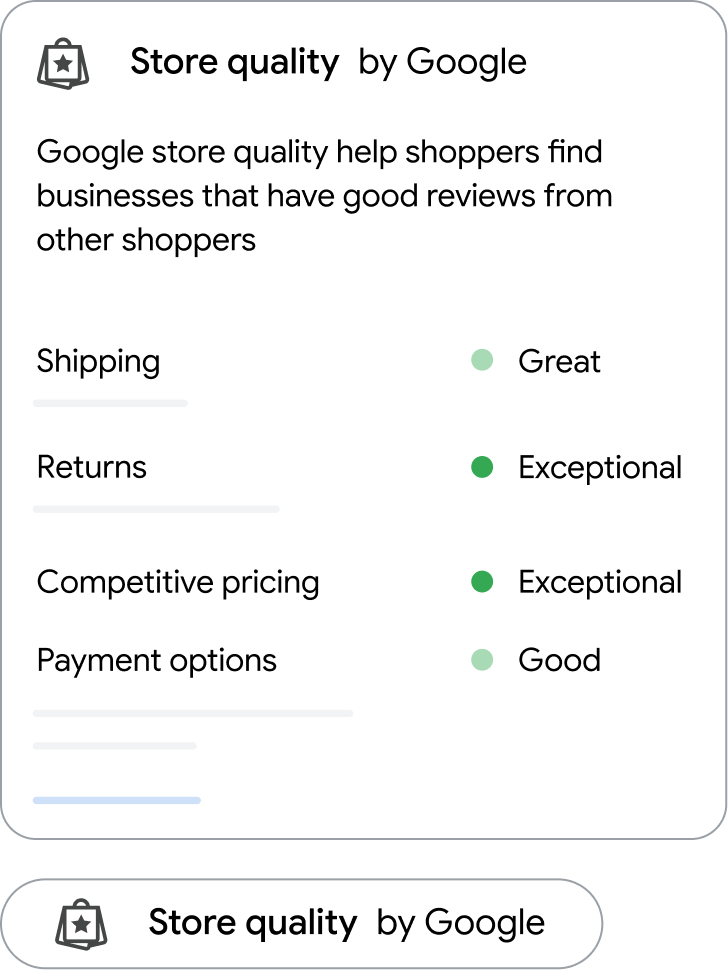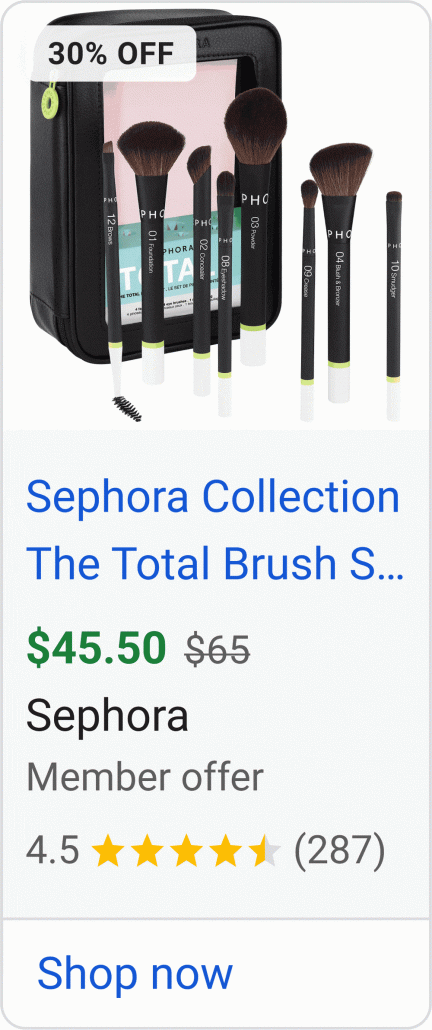LLMs.txt files, an increasingly popular method to improve visibility in AI search, may not be as effective as previously thought.
After reviewing over 300,000 domains, a new analysis from SE Ranking found that LLMs.txt files have no noticeable effect on visibility in major LLMs.
What Are LLMs.txt Files?
LLMs.txt files are files uploaded alongside your website with the intention of helping AI tools understand your domain and more easily navigate or index your site. In recent months, these..txt files have begun to catch on as a relatively easy way to optimize your site for major AI tools.
They are similar to robots.txt files, which are widely used to optimize websites for search engines like Google or Bing.
While robots.txt files are well-established as an effective and simple SEO tool, it has been unclear whether any major LLM has begun using LLMs.txt files when indexing websites.
Slow Adoption
As a new optimization strategy, LLMs.txt files have seen relatively slow adoption. According to SE Ranking’s data, just 10.13% of domains crawled for the study had implemented these files as an optimization strategy.
Part of the reason for the slow adoption of these files is the lack of research or clear data showing their impact.
Notably, the sites that were most likely to use these files were mid-tier websites likely looking for any edge against high-traffic competition.
Data Says LLMs.txt Files Are Not Tied To Visibility
For SE Ranking’s study, a team of researchers analyzed how frequently domains were cited across responses from several popular LLMs.
Ultimately, their data was unable to provide any evidence that the strategy had any real effect, even when using alternate research models to compare.
While the study doesn’t outright discourage people from implementing LLMs.txt files, the researchers conclude fairly bluntly that LLMs.txt “doesn’t seem to directly impact AI citation frequency. At least not yet.”
Robots.txt Is Still Used – Even By AI
While LLMs.txt files had been gradually gaining popularity, the reality is that none of the major AI tools have indicated they use these files when crawling or indexing websites.
Aside from limited data suggesting GPTBot sometimes fetches LLMs.txt files, there is no evidence of any major LLM using or recommending implementing these files.
Instead, OpenAI encourages websites to focus on robots.txt files and Google seemingly defers to these types of files when crawling or indexing pages.
For more about the analysis and how it was conducted, read SE Ranking’s full report here.









